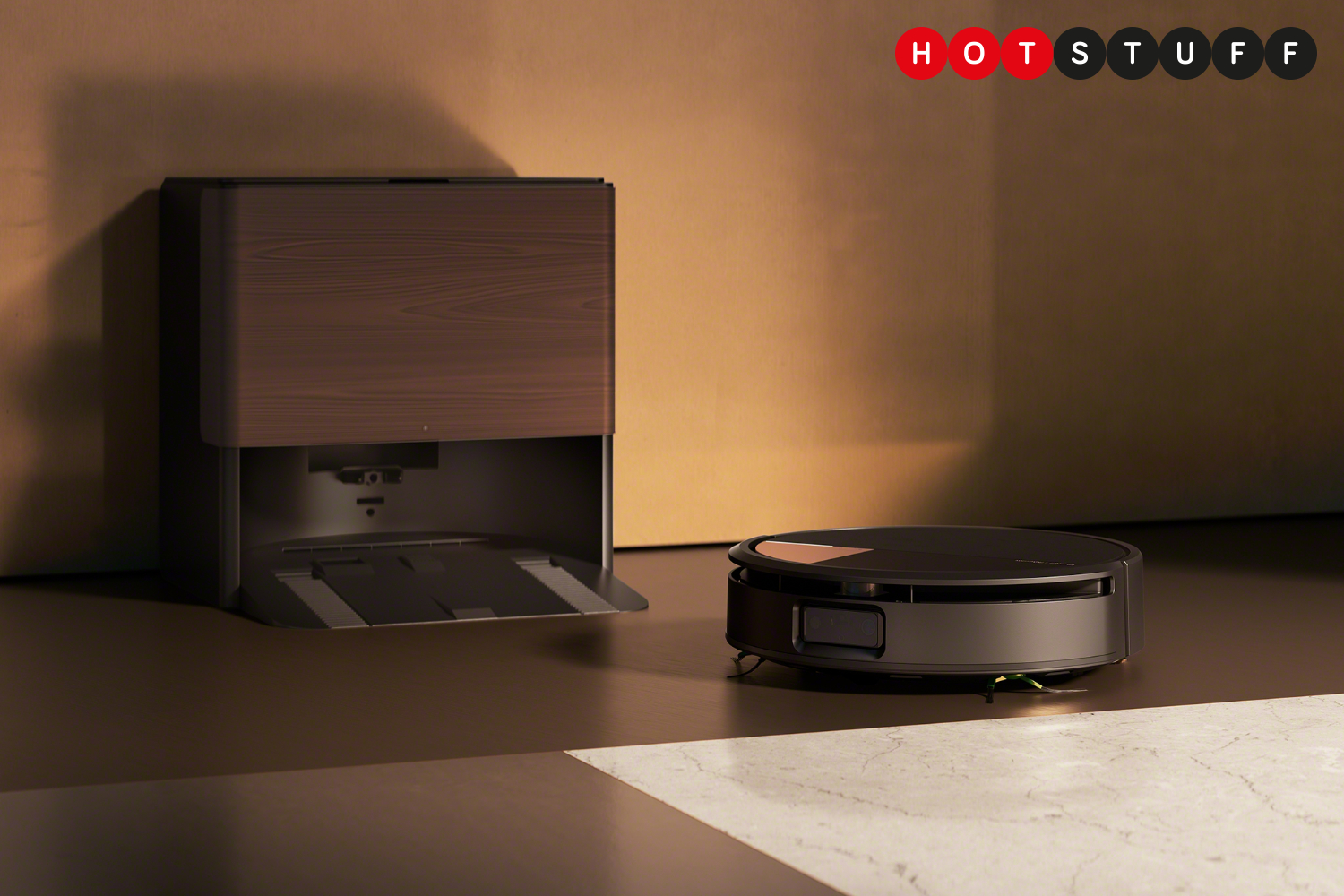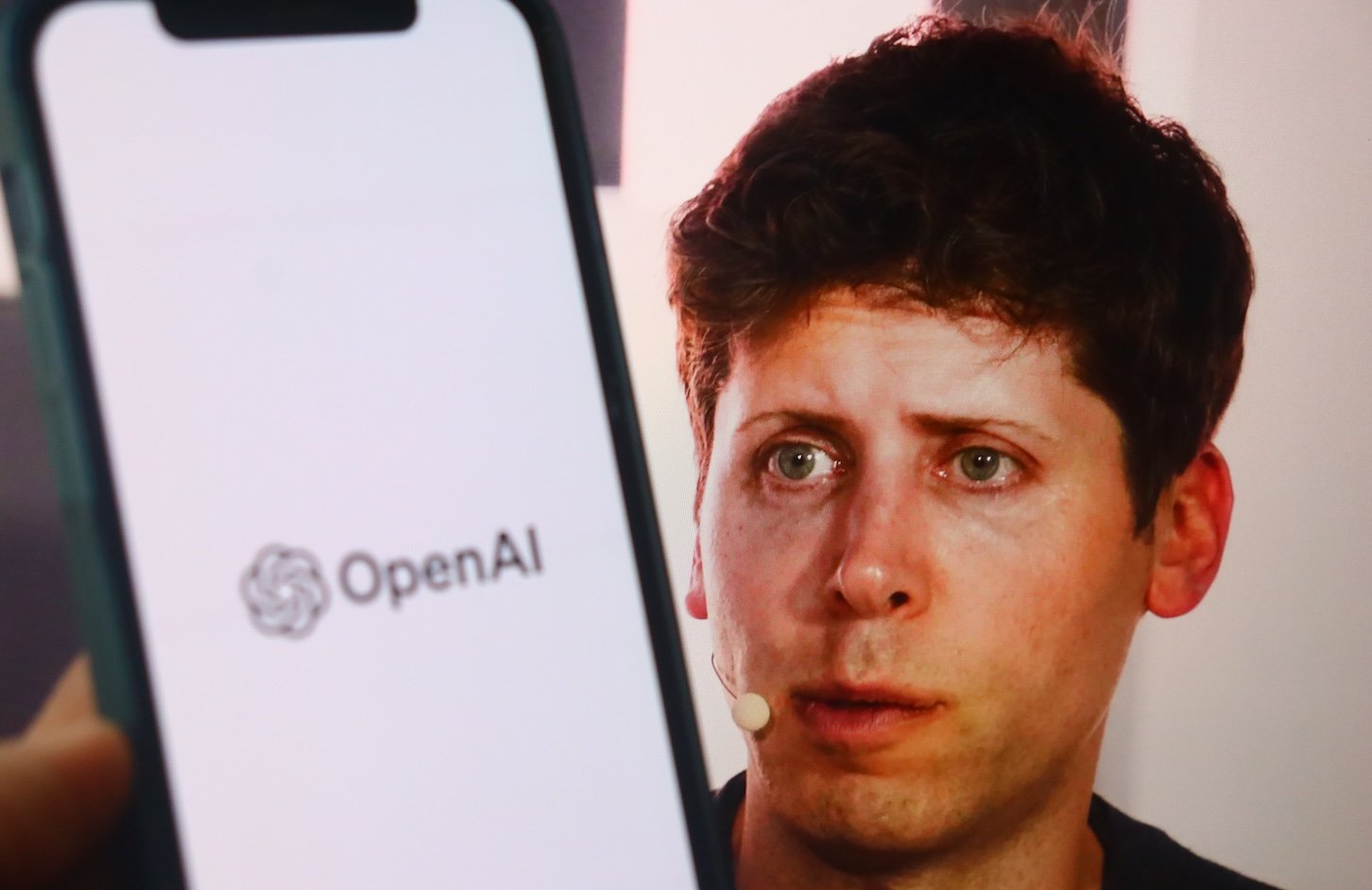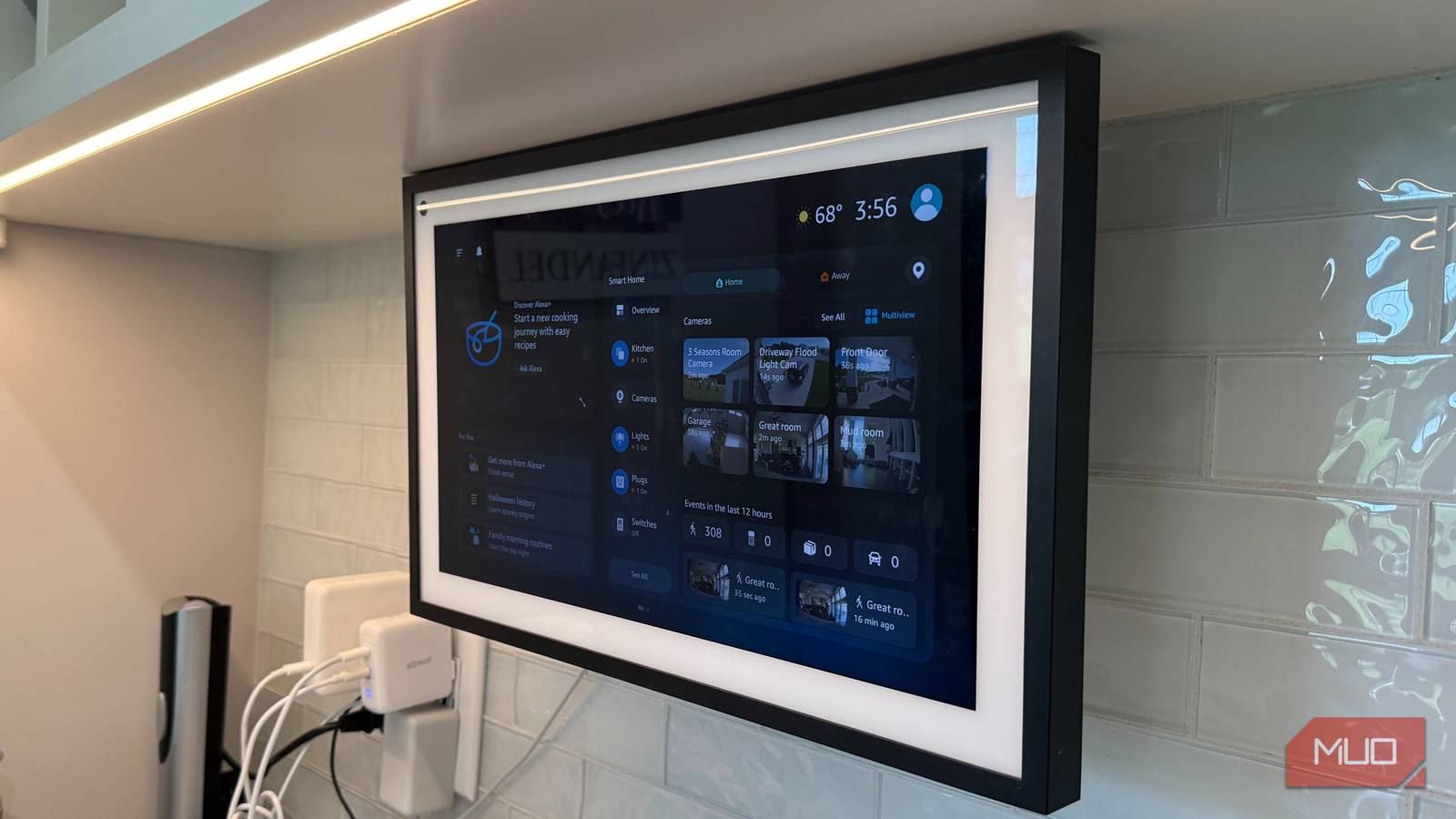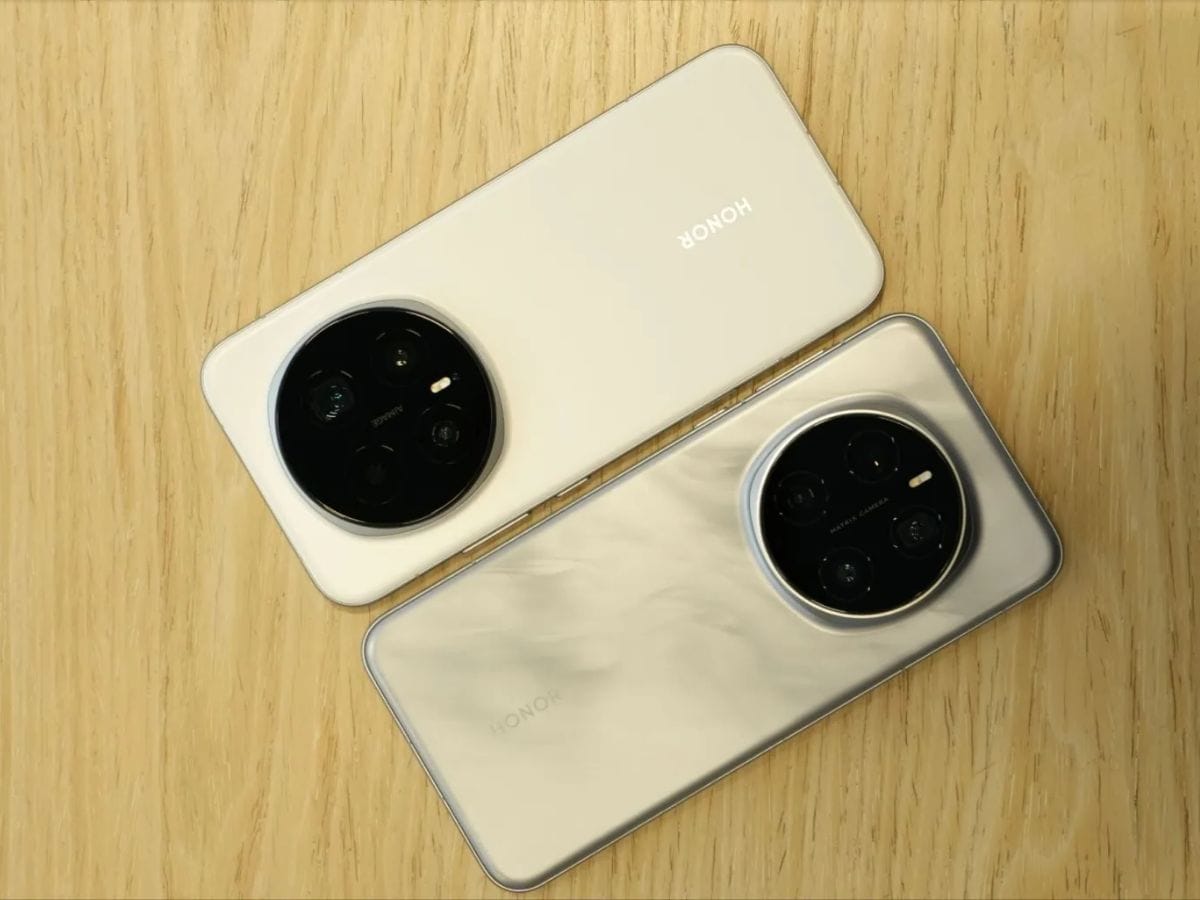So that the planetary spectacle reaches real time to more than 750 million fansa colossal technological infrastructure is orchestrated by Lenovo. The Chinese firm, a global F1 partner, has decided to reveal the technological backstage that brings each race to life.
Data highway faster than an eyelash
At each Grand Prix, whether in the turns of Monaco or the arid plains of Sakhir, a real digital canvas is woven. Some 1,440 km of optical fiber are deployed in the season (60 km of fiber optics per circuit) and accompanied by two lines 10 Gb/screating an information highway capable of transporting everything to the nerve center of F1 to Biggin Hill, in the United Kingdom. The journey? Barely a quarter of a second. This latency, so weak that it is 100 times faster than an eyelashallows a retransmission of absolute reliability.
The volume of data that transit by these channels is just as dizzying. Every race weekend, these are 500 data teraoctes which are processed, the equivalent of 48 years of video in high definition.
The global control tower at the heart of the action
Once in the United Kingdom has arrived, this information is supported by an impressive technical device. More than 180 tailor -made applications Turn on Lenovo equipment to manage timing, telemetry or even graphics that enrich the spectators’ experience. Simultaneously, the 20 Radio Flows of single -seaters are received, analyzed and mixed almost instantly before being integrated into the international signal.
The whole is then redistributed in more than 180 territories through the globewith a total delay of only 35 to 40 seconds.
A technology to the test of extremes and time
To guarantee such a performance without any margin of error on five continents, the equipment must demonstrate extraordinary resilience. The servers and PC Lenovo are designed to have temperatures up to 40 ° C, dust, vibrations and incessant trips, explains the manufacturer.
Subscribe to WorldOfSoftware
Beyond performance, sustainability is also at the heart of the system. Thanks to the ARS initiative (Asset Recovery Services), 95 % of the end -of -life equipment is recovered and recycledoffering a second life to equipment while guaranteeing data security. As Matt Dobrodziej, president of Lenovo Emea sums it up, the mission is clear: “Turn the digital engines of F1 to the same rate and with the same precision as the single-seaters themselves”. A constant technological race, invisible but essential to the magic of sport.
🟣 To not miss any news on the Geek newspaper, subscribe to Google News and on our WhatsApp. And if you love us, .












